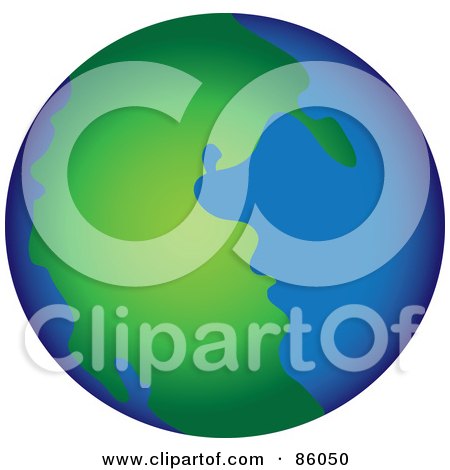The plates are moving. On each plate is a continent or ocean. There are different boundaries; they are:
- Transforming- when two plates are moving past each other[many earthquakes]
- Converging- when two plates are running into each other
- Diverging- when the plates are moving apart
In the converging boundary, a more dense plate that's going slower than a plate that is going faster will go below the less dense one. When that happens, its called subduction. In a diverging boundary, lava comes through a space that is revealed as the plates move apart. In a transforming boundary, the plates move across each other.
There are layers to the earth. They are:
- Crust(lithospere)-Thinnest; made of rocks
- Mantle-made of magma; thickest; convection currents in mantle cause the plates on the crust to move
- Outer Core- liquid metal; causes magnetic field
- Inner Core-solid metal [dense]
Vocab terms to know
Pangea- supercontinent
 What Pangea might have looked like
What Pangea might have looked likeEvidence to support^^^
- puzzle-look of continent borders
- landform locations
- fossils on two different plates are the same
Mid Atlantic Ridge- where a diverging boundary is seperating and causing lava to come out and makes a raised section of rock. It looks like the coasts of South America and Africa, which supports the Pangea idea.

Hot Spot- an opening in the crust that doen't move; pressure from the mantle
 This is a picture of the hot spot that caused the Hawaiian islands to form.
This is a picture of the hot spot that caused the Hawaiian islands to form.